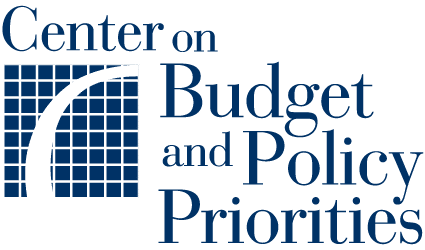Blog
K-12 School Funding Up in Most 2018 Teacher-Protest States, But Still Well Below Decade Ago

 A new report by the Center on Budget and Policy Priorities finds that teacher strikes work and have led to substantial increases in K-12 school funding in states where strikes occurred “Despite last year’s improvements, however, formula funding remains well below 2008 levels” in Arizona, North Carolina, Oklahoma and West Virginia, states that made the deepest cuts over the last decade. Progress is still short of what’s needed and funding mechanisms may be unsustainable.
A new report by the Center on Budget and Policy Priorities finds that teacher strikes work and have led to substantial increases in K-12 school funding in states where strikes occurred “Despite last year’s improvements, however, formula funding remains well below 2008 levels” in Arizona, North Carolina, Oklahoma and West Virginia, states that made the deepest cuts over the last decade. Progress is still short of what’s needed and funding mechanisms may be unsustainable.
From the report:
Protests by teachers and others last year helped lead to substantial increases in school funding in Arizona, North Carolina, Oklahoma, and West Virginia, four of the 12 states that had cut school “formula” funding—the primary state revenue source for schools—most deeply over the last decade. Despite last year’s improvements, however, formula funding remains well below 2008 levels in these states. Further, three of these four states boosted school funding using revenue sources that will be difficult to maintain over time, likely making their progress short-lived unless they raise revenue in more sustainable ways. Kentucky, another deep-cutting state where teachers protested in 2017, held state formula funding for schools roughly flat last year.
Several other deep-cutting states that did not see major teacher protests last year also remain well behind their previous formula funding levels. For instance, per-student formula funding in Texas is now a full 20 percent below 2008 levels adjusted for inflation after lawmakers in that state further cut formula funding last year.
At the same time, more than half of the states have now increased total per-student funding compared to a decade ago. As of 2016, the latest year for which comprehensive data are available, 26 states were providing more total state and local funding per student than before the recession, after adjusting for inflation. Since state and local revenues generally have continued to improve since 2016, the number of states whose school funding finally has recovered from the Great Recession has likely continued to grow.
Further, some states have made new investments that research suggests are likely to boost student outcomes, an approach that likely will strengthen those state economies over time relative to their neighbors. States where funding remains depressed may fall behind their peers unless they raise sustainable additional revenue and invest it wisely in their schools.


